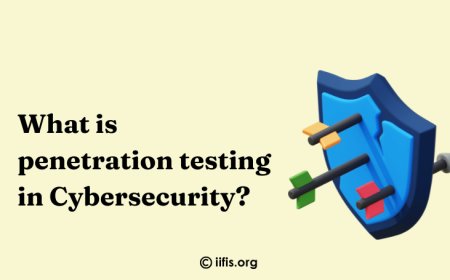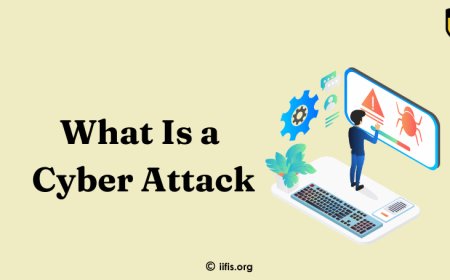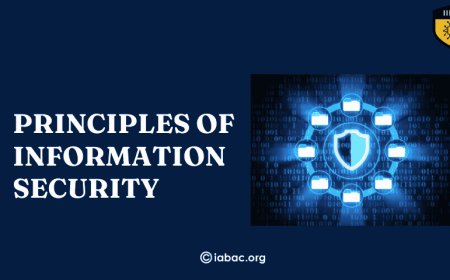Essential Tools for Cybersecurity professional
Discover essential cybersecurity tools every professional should know, from threat detection and network security to encryption and endpoint protection. Learn how these tools work together to safeguard systems and data.
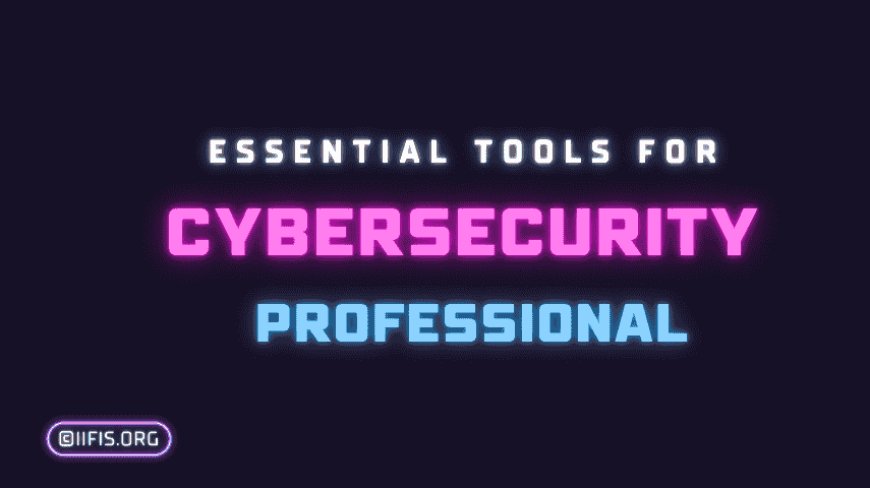
Having the right tools is crucial for staying ahead of threats and protecting sensitive data. Cybersecurity experts use a variety of tools to detect, prevent, and respond to security incidents, ensuring that systems and networks remain secure. From firewalls that act as gatekeepers to antivirus software that shields against malware, these tools provide essential defenses against ever-evolving cyber risks. This blog will explore some of the core tools that every cybersecurity professional should be familiar with, offering insights into how they work and why they’re key in the fight against cyber threats.
Categories of Cybersecurity Tools
Cybersecurity tools are designed to perform specific functions to keep systems safe from threats. Here are some key categories and what each aims to accomplish:
-
Threat Detection
These tools help identify suspicious or malicious activities within a system or network. By monitoring traffic and behaviors, threat detection tools, such as Intrusion Detection Systems (IDS) and Security Information and Event Management (SIEM) systems, alert cybersecurity professionals to potential risks. This allows teams to respond quickly before threats become serious issues. -
Vulnerability Scanning
Vulnerability scanners search for weaknesses in software, systems, or networks that could be exploited by hackers. Tools like Nessus and OpenVAS scan for outdated software, misconfigurations, or other vulnerabilities, giving cybersecurity experts a chance to fix issues before attackers can exploit them. -
Network Security
Network security tools protect the network by managing access and blocking unauthorized traffic. Firewalls, VPNs, and Network Access Control (NAC) systems fall under this category. They ensure that only trusted users and devices can access sensitive areas of a network, reducing the risk of external threats. -
Forensics
Forensic tools are used after a security incident to investigate and understand what happened. These tools, such as EnCase and FTK, help cybersecurity professionals analyze data, track the source of an attack, and gather evidence. Forensics is crucial for learning from incidents and preventing similar events in the future. -
Endpoint Protection
Endpoint protection tools focus on securing individual devices (endpoints) like computers, smartphones, and tablets. Antivirus software, anti-malware, and endpoint detection and response (EDR) tools protect these devices from viruses, malware, and unauthorized access. This helps prevent attacks that target specific devices or use them as entry points into a larger network.
Each of these categories plays a unique role in maintaining cybersecurity. Together, they create a layered approach that covers multiple areas of potential risk, helping organizations build strong defenses against cyber threats.
Essential Tools for Cybersecurity Experts
Cybersecurity experts rely on a variety of tools to protect systems, detect threats, and respond to incidents. Here’s a quick look at essential tools across categories:
-
Threat Detection and Intrusion Prevention
-
Wireshark: Analyzes network traffic to spot suspicious patterns.
-
Snort: Detects and prevents network intrusions in real-time.
-
Splunk: Analyzes large datasets to identify anomalies.
-
Vulnerability Scanning and Assessment
-
Nessus: Scans systems for vulnerabilities, guiding remediation.
-
OpenVAS: Open-source tool for vulnerability management.
-
Qualys: Cloud-based scanner for detecting network weaknesses.
-
Network Security
-
Firewalls (e.g., pfSense, Palo Alto): Filters network traffic to block threats.
-
Nmap: Maps network devices and finds vulnerabilities.
-
SolarWinds: Monitors network performance and alerts on issues.
-
Endpoint Protection
-
Malwarebytes: Detects malware and protects devices.
-
CrowdStrike Falcon: Uses AI for endpoint threat detection.
-
McAfee Endpoint Security: Multi-layered protection for devices.
-
Forensics and Incident Response
-
Autopsy and Sleuth Kit: Recover and analyze compromised data.
-
FTK Imager: Creates forensic images for investigations.
-
Cortex XSOAR: Automates incident response workflows.
-
Encryption and Data Protection
-
VeraCrypt: Encrypts storage devices for data security.
-
OpenSSL: Secures data in transit with encryption.
-
BitLocker: Encrypts drives on Windows for data protection.
-
Password Management and Authentication
-
LastPass/Keeper: Manages and secures passwords.
-
Okta: Supports multi-factor authentication and identity management.
-
Duo Security: Adds two-factor authentication for secure access.
These tools, covering detection, protection, and response, help cybersecurity teams safeguard networks and data effectively.
Why These Tools are Essential for Cybersecurity
Cybersecurity tools are crucial because they address different areas of security, from detecting threats to protecting data. Together, they form a layered security approach, which means using multiple tools and methods to guard against cyberattacks at different stages. This “defense-in-depth” strategy is essential because it provides protection across various points of potential attack, such as the network, devices, and applications. By combining tools for monitoring, scanning, and response, cybersecurity teams can create a well-rounded, holistic defense that reduces the risk of breaches and helps respond quickly if an incident occurs.
Tips for Choosing the Right Cybersecurity Tools
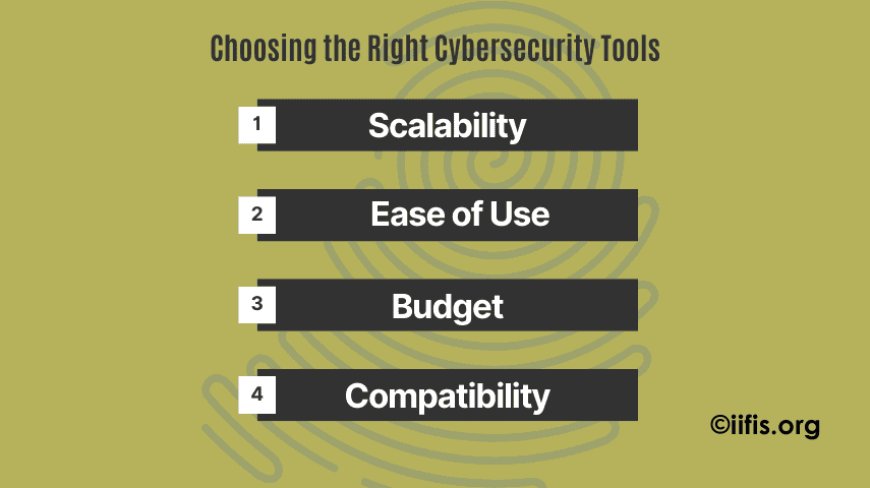
-
Scalability: Look for tools that can grow with your organization’s needs. Scalable tools help you avoid replacing systems as you expand.
-
Ease of Use: Complex tools can slow down response times. Tools that are user-friendly save time and make it easier to train new team members.
-
Budget: Prioritize tools that fit within your budget but still provide essential features. Sometimes, free or open-source options can offer strong protection.
-
Compatibility: Choose tools that work well with your current systems to avoid integration issues. Tools that work seamlessly together make it easier to manage security across your network.
Additionally, it’s important to stay updated on new tools and technologies to keep up with evolving threats. Balancing automation (like automated scans and alerts) with manual expertise (for analyzing data and handling complex situations) creates a stronger defense. This balanced approach allows cybersecurity teams to respond efficiently without sacrificing control and insight.
Future Trends in Cybersecurity Tools
Cybersecurity is evolving, and new trends are shaping the tools professionals use to protect systems. Here’s a look at some key upcoming trends:
-
AI-Driven Security Tools
Artificial intelligence (AI) is playing a bigger role in cybersecurity. AI-driven tools can analyze large amounts of data to spot patterns and detect threats faster than humans alone. By learning from previous threats, these tools improve over time, making it easier to identify and respond to complex attacks. -
Automation in Threat Response
Automation helps speed up the response to security incidents. Automated tools can handle repetitive tasks, like scanning for vulnerabilities or isolating affected systems, freeing up cybersecurity teams to focus on more detailed analysis. Automated response tools can also reduce the impact of attacks by acting immediately, rather than waiting for manual intervention. -
Cloud-Native Security Tools
With more data and applications moving to the cloud, cybersecurity tools are being developed specifically for cloud environments. Cloud-native tools are designed to secure data, applications, and services directly within the cloud, addressing the unique challenges of protecting information stored across different locations and platforms.
Staying Adaptable in Cybersecurity
As cybersecurity tools evolve, professionals need to stay adaptable. Learning about new technologies, such as AI and cloud security, helps keep skills current and prepares professionals for emerging threats. Embracing change in tools and methods is essential for building effective, modern security strategies and staying resilient against future cyber risks.
Cybersecurity tools, spanning categories like threat detection, vulnerability scanning, network security, endpoint protection, forensics, and encryption, each play a unique role in building a strong defense. By covering multiple aspects of cybersecurity, these tools work together to create a layered approach, or defense-in-depth, which strengthens systems against a range of potential threats. This comprehensive protection helps cybersecurity professionals respond swiftly and effectively, reducing the risk of breaches.
To stay effective in this field, it’s important for cybersecurity professionals to master these tools and keep up with emerging trends. Resources like the International Institute of Forensics and Information Security (IIFIS) offer certifications and courses that delve into essential tools and strategies, helping professionals stay skilled and adaptable. By investing in ongoing learning, cybersecurity experts can stay ahead of evolving threats and ensure they’re ready to handle the demands of this dynamic field.

